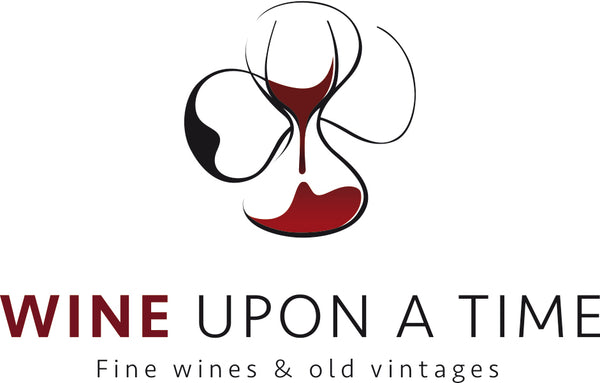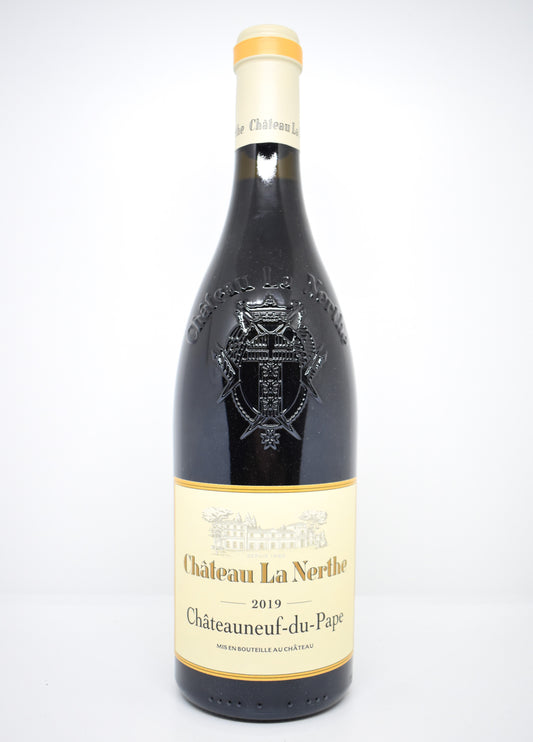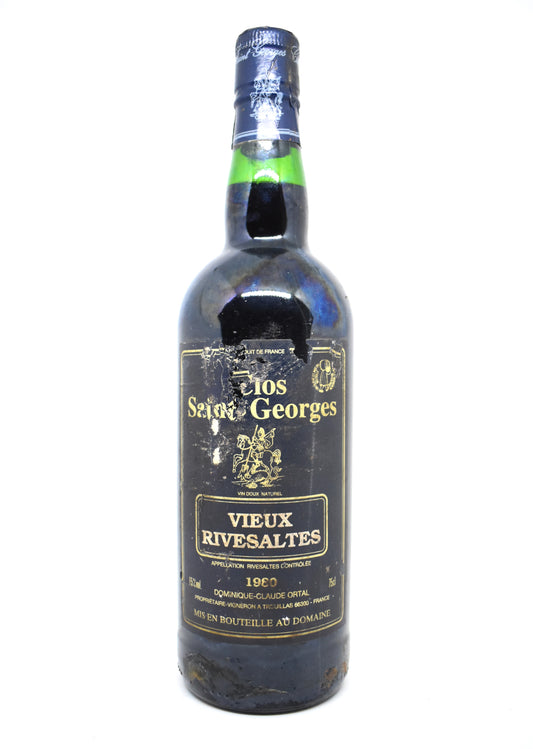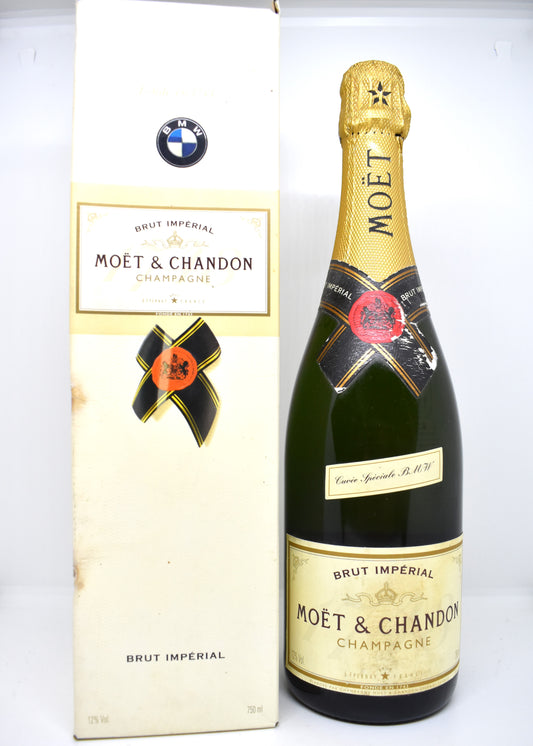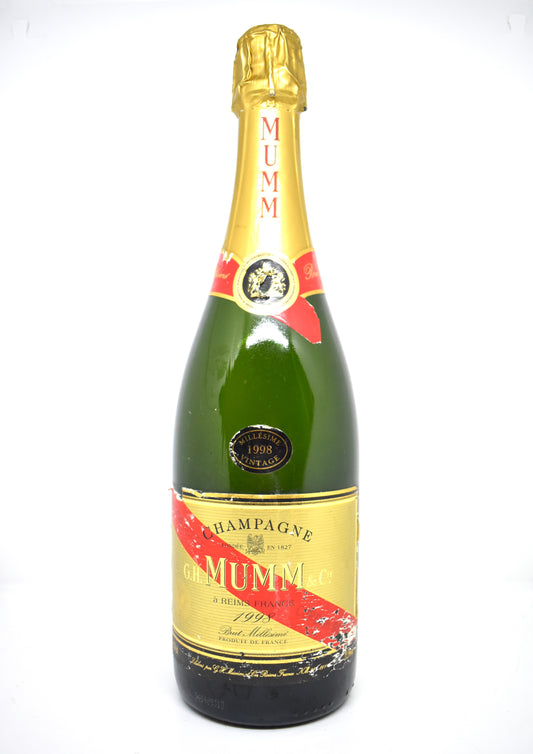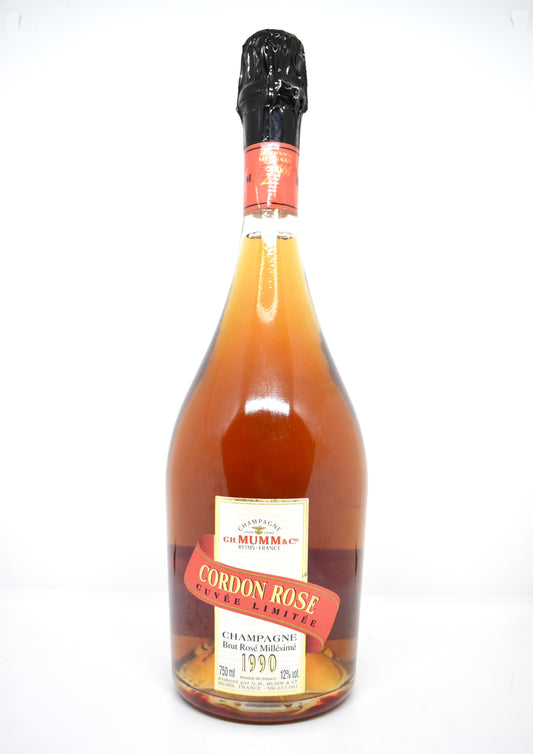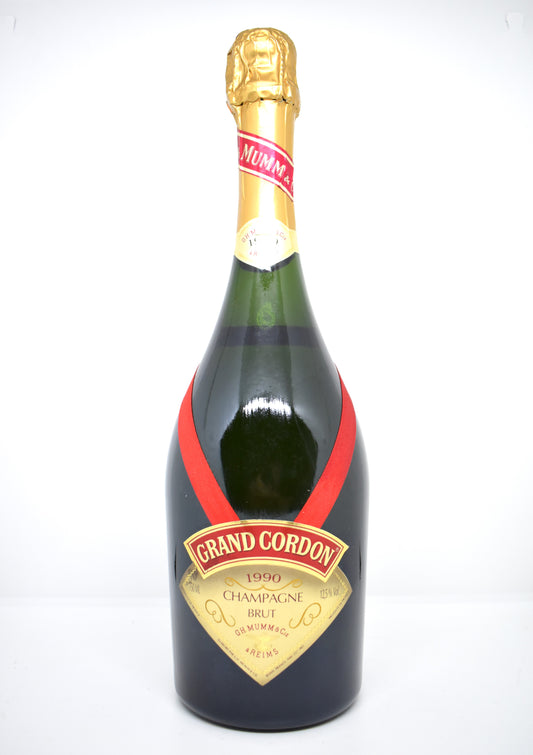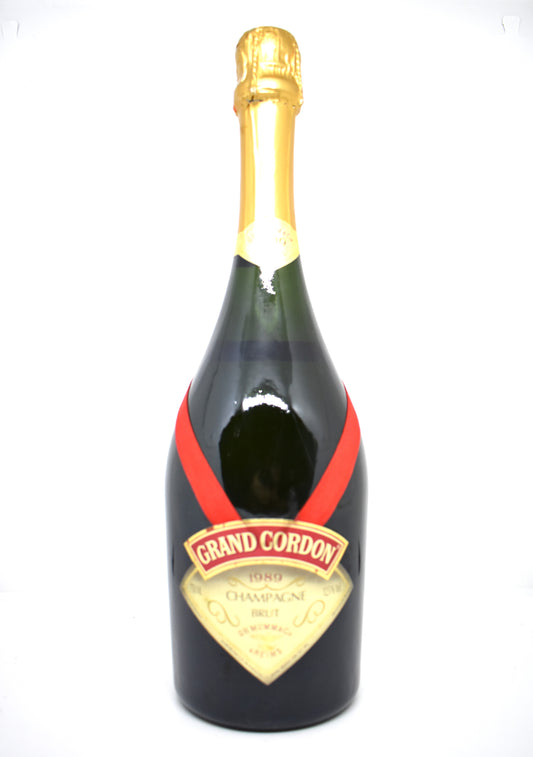The aging potential of wines: understanding and anticipating the evolution of great wines
The aging potential of a wine refers to its ability to evolve well over time in the bottle, developing new organoleptic qualities (aromas, flavors, texture), while preserving its structure and balance. While some wines are designed to be consumed young and fresh, others can improve over several decades, or even a century. However, not all wines are suitable for aging, and several factors influence this potential.
Factors influencing storage potential
Acidity
Acidity is one of the key characteristics that helps a wine age well. A wine with good acidity will be more likely to retain its freshness and balance over the years. White wines, especially those made from grape varieties like Riesling or Chardonnay, owe their ability to age to their natural acidity. Similarly, some red wines from cooler climates (like Burgundy wines made from Pinot Noir) age well because of their acidity.
Tannins
Tannins, found mainly in red wines, come from the skins, seeds and sometimes the stems of the grapes, as well as from the wood of the barrels when they are aged in casks. They add structure and longevity to the wine. Over time, the tannins soften and become more integrated, resulting in silkier and rounder wines. Young, highly tannic wines, such as the great Bordeaux wines made from Cabernet Sauvignon or some Barolo wines, often need several years to reach their peak.
Fruit and concentration
A wine that is well concentrated in matter (especially in fruit aromas) is more likely to age. Over time, the aromas of fresh fruit (red, black or tropical fruits) will evolve towards more complex notes of dried fruit, jam or macerated fruit. This concentration allows the wine to develop a rich and complex aromatic palette as it ages.
Alcohol and sugar
A moderate alcohol content (often between 12 and 14%) can help a wine age well. In addition, wines with a higher sugar concentration, such as sweet wines (Sauternes, Tokaji or Port), have exceptional aging potential. Sugar acts as a natural preservative, allowing these wines to improve for decades.
Sulfur and winemaking conditions
The levels of sulfur added during winemaking can also influence the longevity of a wine. Sulfur acts as a natural antioxidant and preservative. Wines produced under controlled conditions, with good hygiene and processes to limit premature oxidation, will have better aging potential.
The terroir
Terroir, which includes soil, climate, sun exposure and local know-how, plays a fundamental role in the aging potential of wines. Vineyards located on mineral-rich soils, such as limestone, shale or chalk, tend to produce wines with high natural acidity, favorable to long aging. The great terroirs of Bordeaux, Burgundy, the Rhone Valley or Rioja are known for producing wines capable of aging for many years thanks to the combination of optimal geological and climatic conditions.
What types of wines age well?
Red wines for laying down
- Bordeaux : The grands crus classés of the left bank (Médoc, Pauillac, Margaux) and the right bank (Saint-Émilion, Pomerol) are renowned for their long aging potential. Cabernet Sauvignon and Merlot, which dominate in these blends, produce tannic and concentrated wines, capable of softening and developing aromas of leather, undergrowth and truffle over time.
- Burgundy : Great red wines from Burgundy made from Pinot Noir can age for several decades. They gain complexity with aromas evolving towards candied cherry, sweet spices, and earthy notes.
- Rhône Valley : Wines from Châteauneuf-du-Pape or Côte-Rôtie, often made from Grenache and Syrah, can age for decades, developing notes of spice, cocoa and leather.
White wines for laying down
- Riesling : In Germany and Alsace, high-quality Rieslings are renowned for their extraordinary aging potential, sometimes for up to 50 years, with aromas of exotic fruits, petroleum and minerals that develop over time.
- Chardonnay : Great Chardonnays, especially from Burgundy (like Meursault and Chablis), can age beautifully, evolving into nutty, buttery, honeyed, and mineral aromas.
- Sauternes : The sweet wines of Sauternes, made from Sémillon, Sauvignon Blanc and sometimes Muscadelle, can age for several decades, even a century, developing notes of honey, candied apricot and saffron.
Sparkling wines
- Vintage Champagne : A vintage champagne, made in the best years, can age between 10 and 30 years. Over time, the bubbles become finer and the aromas evolve towards notes of brioche, dried fruits, honey and sometimes truffle.
Fortified wines
- Port : Vintage or Tawny ports can improve over decades. They evolve towards notes of dried fruits, nuts, caramel and spices.
- Madeira : Madeiras, often oxidized and aged under heat, have almost unlimited aging potential, some still being excellent after 100 years of aging.
How to properly store a wine intended to age?
For a wine to reach its full aging potential, it must be stored in optimal conditions:
- Constant temperature : Around 12°C, in a cool and stable cellar. Temperature variations are harmful to wine.
- Humidity : A humidity level of around 70% is ideal to prevent the corks from drying out, which could cause premature oxidation.
- Lack of light : Light, especially direct light, can damage aromas and accelerate aging.
- Lying down : Storing bottles horizontally keeps the cork moist and prevents it from drying out.
When to taste a wine for laying down?
Knowing when to open a bottle that is meant to age is a real art. A wine that is too young can be closed and tannic, while a wine left too long in the cellar can lose its freshness. It is therefore often advisable to taste wines regularly from a certain age to determine their evolution and choose the ideal moment to taste them.
In short, a wine's aging potential is a delicate balance between its tannic structure, acidity, concentration of aromas and the quality of its terroir. Great wines that age well offer a unique tasting experience, rewarding patience with unparalleled complexity and depth.
